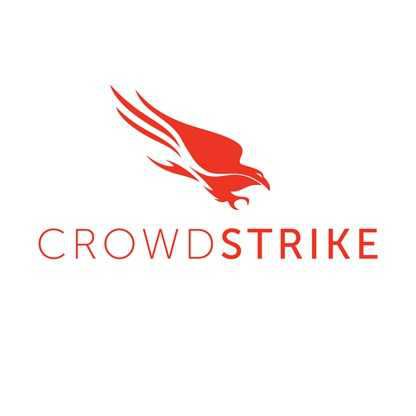Benefits Of Using Threat Intelligence Platform
Introduction: A Threat Intelligence Platform (TIP) is a comprehensive solution that collects, processes, and analyzes data from a variety of sources, giving organizations real-time and actionable insights into potential threats and security issues. In today's ever-changing digital landscape, having a TIP is critical for enterprises looking to proactively identify and mitigate cyber risks, preserve their assets, and safeguard their brand.
Let's explore, we'll go over the benefits of using a TIP to help you make an informed decision when choosing the best platform for your firm.
1. Comprehensive Threat Visibility: A TIP provides a comprehensive picture of potential threats by gathering and correlating data from a variety of sources, including internal security logs, threat feeds, and open-source information. This broad visibility enables firms to keep up with the latest threats and make smart decisions to protect their assets.
2. Proactive Threat Detection And Response: TIPs enable firms to detect and respond to potential threats before they cause major damage. By continuously analyzing data and giving real-time alerts and threat intelligence, a TIP assists businesses in identifying and addressing vulnerabilities and potential attacks early.
3. Customized And Contextualized Threat Intelligence: A TIP can be tailored to an organization's specific needs and industry risks. Organizations with the ability to filter, prioritize, and contextualize threat intelligence may focus their efforts on the most significant risks and take effective mitigation actions.
4. Time And Cost Savings: Implementing a TIP greatly lowers manual work and automates numerous time-consuming procedures, saving enterprises considerable time and resources. Instead of manually collecting and correlating data, security personnel can concentrate on assessing and responding to risks, which increases productivity and lowers total costs.
5. Improved Collaboration And Information Sharing: A TIP also promotes greater collaboration and information sharing across security teams, allowing them to work seamlessly together to detect and mitigate threats. This develops a more robust and coordinated defense against possible threats, as well as a more efficient and effective threat response throughout the business.
6. Compliance And Regulatory Requirements: A TIP can assist organizations in meeting compliance and regulatory requirements by giving real-time visibility into their security posture and threat landscape. This not only allows firms to demonstrate their dedication to cybersecurity, but it also lowers the likelihood of penalties and fines.
Important Factors To Consider While Purchasing Threat Intelligence Platform?
As enterprises face more sophisticated and complex cybersecurity threats, the need for robust threat intelligence platforms grows. These systems provide a holistic approach to recognizing, mitigating, and preventing potential security issues, making them an indispensable tool for any company trying to safeguard its assets and sensitive data. However, with so many possibilities, it can be difficult for consumers to select the best threat intelligence platform for their individual requirements.
To help you navigate this process, here are some critical aspects to consider when purchasing a threat intelligence platform:
1. Data Coverage And Sources: When purchasing a threat intelligence platform, the scope and quality of the data provided are the most crucial factors to consider. Look for a platform that uses a variety of data sources, including open-source and private information, to provide broad coverage of potential risks.
2. Data Accuracy And Dependability: In addition to data coverage, it is necessary to assure data accuracy and dependability. Look for a platform that uses advanced analytics and validation approaches to ensure the accuracy of the information it gives.
3. Scalability And Customisation: The threat intelligence platform's scalability and customisation capabilities must be carefully considered. As your organization develops and advances, so will your threat intelligence requirements. Choose a platform that can adapt to your changing demands, such as adding new sources, modifying data feeds, and customizing threat feeds to match your individual risks and vulnerabilities.
4. User-Friendly Interface: A user-friendly interface is essential for the successful implementation and operation of a threat intelligence platform. To ensure a smooth integration into your present security architecture, choose a platform with an easy design, customizable dashboards, and comprehensive reporting features.
5. Integration With Existing Security Solutions: A threat intelligence platform should work smoothly alongside your existing security solutions, such as firewalls and intrusion detection systems. This integration enables the rapid and effective sharing of threat intelligence throughout your whole security ecosystem, resulting in a more proactive and comprehensive defense against potential threats.
6. Advanced Analytics And Automation: Choose a platform that uses advanced analytics and automation to help you spot threats immediately and respond in a timely and effective manner. Look for features like machine learning, artificial intelligence, and task automation to improve your threat detection and response capabilities.
7. Cost And Return On Investment: While cost is always a role in purchasing decisions, it should not be the only consideration. Look for a threat intelligence platform with a good cost-to-value ratio, taking into account the platform's features, capabilities, and possible ROI in terms of improved security posture and reduced risk.
What Are The Key Features To Look For In Threat Intelligence Platform?
When searching for a Threat Intelligence Platform (TIP), some essential elements must be considered to assure the platform's usefulness and functionality in identifying, assessing, and mitigating possible cyber threats. These qualities will assist you in making an informed selection and selecting the TIP that is most appropriate for your organization's needs. So, what are the main characteristics to look for in a TIP?
Let's look at them in more detail below.
1. Data Sources And Integration: A TIP should be able to extract intelligence from a variety of sources, including as open-source feeds, industry-specific threat exchanges, social media, and dark web monitoring. It should also be able to interface with your organization's existing security systems, maximizing the utility of threat intelligence.
2. Automated Threat Analysis: One important feature to look for in a TIP is the ability to automatically analyze threat data and offer prioritized alerts depending on severity and relevance to your organization. This function saves time and resources that would otherwise be spent manually going through thousands of alerts.
3. Real-Time Monitoring: Cyber threats are continuously evolving, so having a TIP that provides real-time monitoring helps you remain ahead of the game. It should be able to detect and respond to possible threats in real time, ensuring a quick response to minimize potential damage.
4. Customisable Dashboards And Reports: A TIP with customisable dashboards and reports provides a complete picture of your organization's security status. It enables you to set and track metrics that are aligned with your security goals and assists in detecting any holes that must be filled.
5. Threat Intelligence Sharing: A TIP should be able to exchange threat intelligence with other security systems, enabling a more collaborative and proactive approach to threat management. This feature improves your organization's overall security posture.
6. Analytics And Visualizations: A TIP that provides extensive analytical capabilities and visualizations aids in finding patterns and trends in the threat environment. This feature is critical for analyzing and forecasting potential dangers, as well as taking proactive efforts to limit their impact.
7. Scalability And Usability: As your organization grows, the TIP should be able to scale and handle enormous amounts of data without sacrificing performance. It should also have a user-friendly interface and a simple deployment process to facilitate adoption and use.
Which Industries Can Benefit The Most From Threat Intelligence Platform?
Threat Intelligence Platforms (TIPs) are increasingly important tools for enterprises in today's ever-changing threat landscape. They serve as a centralized hub for gathering, analyzing, and disseminating threat information, allowing firms to stay ahead of cyber threats. While TIPs can benefit firms in a variety of industries, some can derive more benefits from their deployment.
Let's explore, we'll look at which industries can gain the most from implementing a Threat Intelligence Platform.
1. Financial Services Industry: The financial services business is a prime target for cybercriminals because of the sensitive and personal information it holds. Financial institutions, ranging from banks to insurance companies, handle massive amounts of client data, making them a prime target for data breaches. A Threat Intelligence Platform can help financial institutions detect possible threats early on, respond promptly to security incidents, and safeguard client data and financial assets.
2. Healthcare Industry: The healthcare sector, like the financial services business, stores a vast amount of sensitive patient information. With the growth of ransomware attacks on healthcare institutions, having real-time threat intelligence is critical. A TIP can help healthcare businesses uncover system vulnerabilities, avoid data breaches, and ensure regulatory compliance, such as HIPAA.
3. Government And Defense Agencies: Government and defense sectors are frequently targeted by cyber attacks, making them high-risk enterprises. These firms can benefit from a Threat Intelligence Platform, which provides comprehensive threat intelligence and preventive actions to secure critical data and systems. TIPs enable government and defense agencies to promptly detect and neutralize cyber attacks, preventing possible damage to national security.
4. Retail And E-commerce Industry: Cyber attacks are not uncommon in the retail and eCommerce industries, especially as online purchasing becomes the norm. Cybercriminals frequently target merchants and eCommerce sites in order to steal customer information or disrupt business operations. A TIP can assist businesses monitor their network for malicious activity, avoid point-of-sale attacks, and protect client payment information.
5. Manufacturing Industry: In recent years, the manufacturing industry has emerged as a key target for cyber attacks. As enterprises become more digitally connected, the potential of cyberattacks on vital infrastructure and industrial control systems grows. A Threat Intelligence Platform may give manufacturers with immediate information about potential vulnerabilities in their systems and supply chain, allowing them to reduce risks and avoid costly interruptions.
Conclusion
Overall, choosing a threat intelligence platform is an important decision for any firm wanting to strengthen its cybersecurity defenses. With the growing complexity and sophistication of cyber threats, access to timely and reliable intelligence is critical. This buyer's guide has covered all of the important factors to consider when analyzing and selecting a good threat intelligence platform.
First, determine your organization's specific needs and cybersecurity goals. This will help you narrow down the features and capabilities that are most important to your firm. Scalability, integration capabilities, and ease of use are additional important considerations. Next, carefully assess the platform's many sources of threat intelligence.
Look for a solution that includes a variety of sources and can provide relevant and timely information on both known and developing dangers. Additionally, the platform's analytics and visualization features are critical. A powerful analytics engine and intuitive visualizations can aid in understanding and managing dangers. Dashboards and reports that are easy to use can help make monitoring and analyzing threat intelligence more efficient.
Integration with current security tools and services should also be considered. A threat intelligence platform that integrates easily with SIEM, firewalls, and other security technologies can boost their effectiveness and overall security posture. Finally, it is important to consider the provider's reputation and track record. Look for a vendor with a track record of offering high-quality threat intelligence and excellent customer service.
In conclusion, a comprehensive threat intelligence platform may significantly improve an organization's cybersecurity defense. By carefully examining the aspects listed above and thoroughly assessing your options, you can choose a solution that matches your organization's specific requirements while also effectively protecting against cyber attacks. To keep up with evolving threats, remember to assess and update your threat intelligence plan on a regular basis.






















